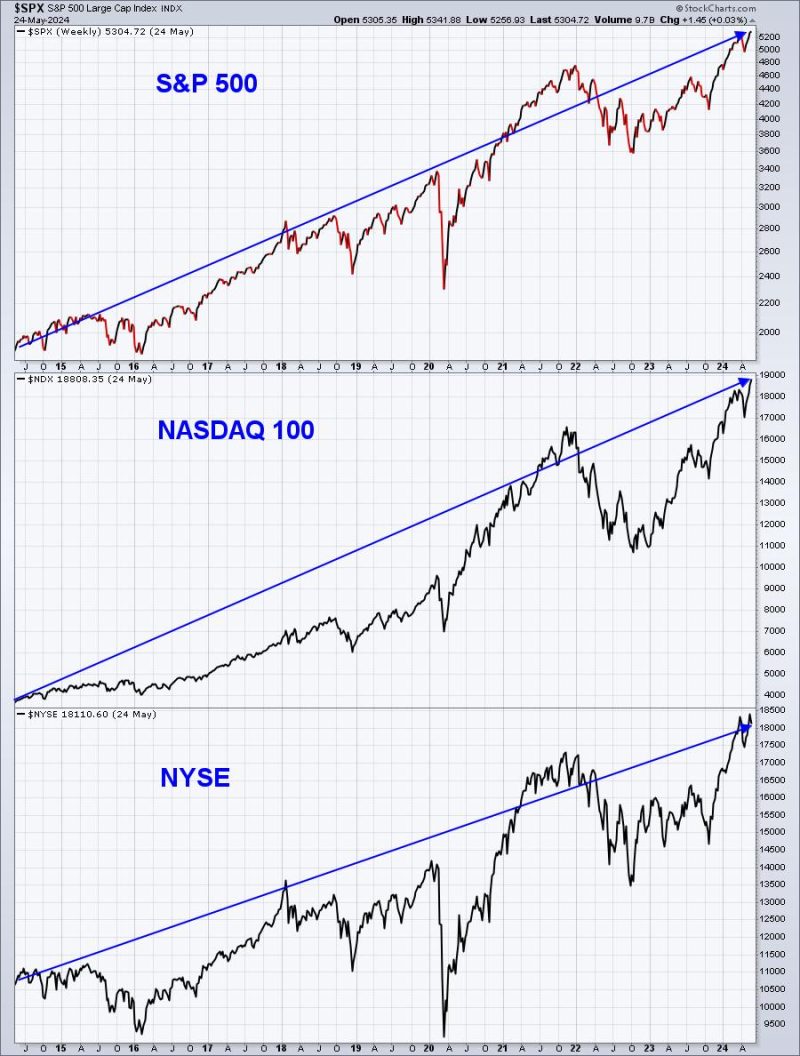Step 1: Define Your Trading Goals and Strategies
Before diving into the world of trading, it is crucial to define your trading goals and strategies. This initial step sets the foundation for a successful trading journey. Begin by identifying your financial objectives, whether you aim to generate income, grow your investment portfolio, or simply enjoy trading as a hobby.
Next, clearly outline your trading strategies. Determine the type of securities you wish to trade, such as stocks, options, or forex, and establish your risk tolerance level. Additionally, consider the time commitment you can afford to trading activities and whether you prefer a long-term investment approach or frequent trading.
By defining your trading goals and strategies upfront, you create a roadmap that guides your decisions and actions in the market. Having a clear vision of what you aim to achieve helps you stay focused and disciplined throughout your trading journey.
Step 2: Educate Yourself and Stay Informed
Continuous learning and staying informed about market trends and developments are essential for improving your trading results. Take advantage of the vast array of resources available, such as books, online courses, webinars, and financial news websites.
Educate yourself on fundamental analysis, technical analysis, risk management techniques, and trading psychology. Understanding these key concepts equips you with the knowledge and skills needed to make informed trading decisions. Additionally, stay updated on macroeconomic events, company earnings reports, and industry news that may impact the securities you trade.
Moreover, consider joining trading communities or forums where you can interact with experienced traders, share insights, and learn from their experiences. By investing in your education and staying informed, you enhance your trading abilities and increase your chances of achieving positive results.
Step 3: Develop a Trading Plan and Stick to It
A well-defined trading plan is a critical component of a successful trading process. Your trading plan should outline your entry and exit strategies, risk management rules, position sizing criteria, and overall trading methodology.
Set clear parameters for when to enter a trade based on your analysis and signals, as well as predetermined exit points to lock in profits or cut losses. Establish risk management rules, such as setting stop-loss orders and limiting the percentage of your capital risked per trade. Consistency is key in trading, so develop a routine that aligns with your trading plan and stick to it diligently.
Regularly review and assess your trading plan to adapt to changing market conditions and improve your strategies. By following a structured plan and maintaining discipline, you reduce emotional biases and increase your consistency in trading, ultimately leading to better results over time.
Step 4: Analyze Your Trades and Learn from Mistakes
After executing trades, it is essential to analyze your performance and outcomes to identify areas for improvement. Review your trades systematically, keeping track of your wins and losses, entry and exit points, as well as the reasoning behind each trade.
Reflect on both successful and unsuccessful trades to understand what worked well and what could have been done differently. Identify patterns or trends in your trading behavior and outcomes, such as overtrading, emotional decision-making, or inconsistency in following your trading plan.
Learning from your mistakes is a crucial aspect of growth as a trader. Use your trade analysis to refine your strategies, adjust your risk management techniques, and enhance your decision-making process. Embrace a growth mindset and view setbacks as learning opportunities that contribute to your development as a trader.
In conclusion, improving your trading process and results requires a combination of defining clear goals, continuous education, disciplined planning, and reflective analysis. By following these steps and remaining committed to your trading journey, you can enhance your skills, mitigate risks, and achieve greater success in the dynamic world of trading.
